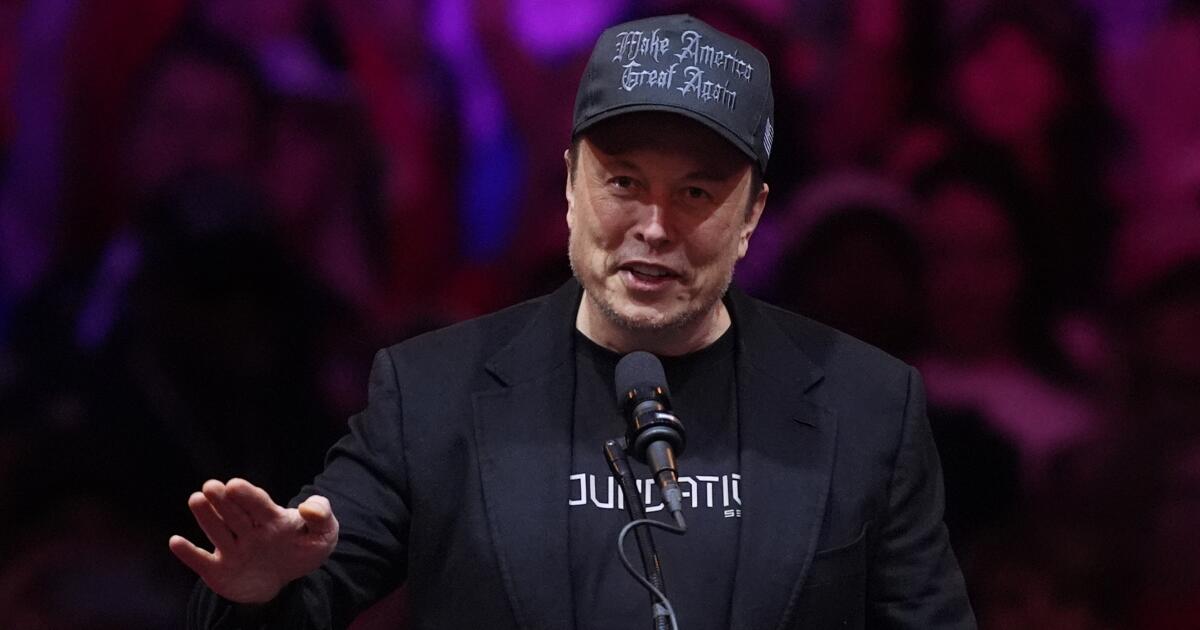Last week, President-elect Donald Trump’s appointed financial reformers, Elon Musk and Vivek Ramaswamy, revealed their ambitious agenda in a Wall Street Journal op-ed to tackle the notorious political cliché of “waste, fraud, and abuse.” Their intention to revolutionize federal spending has certainly stirred discussions.
Interestingly, their article lacked any reference to Musk’s previous bold claim of reducing the federal budget by “at least” $2 trillion in just one year—a promise he confidently made during Trump’s pre-election rally at Madison Square Garden. It seems reality might have tempered those aspirations.
However, they didn’t retract the ambitious $2 trillion target. Let’s dive into why achieving this is practically unfeasible and why their proposed measures might not truly curb federal debt. Factoring in Trump’s pledged tax cuts, we might see deficits rise rather than fall, echoing his first term’s scenario where national debt swelled by $8.4 trillion over a decade.
Here’s a breakdown: The federal budget for the fiscal year beginning October 1st is $6.8 trillion. Musk’s plan to cut 30% of this budget is daunting. Most of the budget is untouchable, primarily due to commitments to Medicare, Social Security (which Trump vowed to protect), and necessary debt interest payments.
This leaves about $1.9 trillion in discretionary spending, which is controlled annually by Congress. This part of the budget covers essential services Americans expect, such as air traffic control, education, and national defense.
For Musk to cut $2 trillion, everything labeled as discretionary would need to be sacrificed, including defense spending, which Trump aims to increase. Even then, they wouldn’t reach the goal. According to Bloomberg News, such extreme cuts would impose “temporary hardship,” hinting at an austerity not seen since post-WWII times.
Discretionary spending is already at historic lows, according to the Congressional Budget Office, while costs for health and retirement benefits for aging populations and interest payments are soaring—fueling debt growth alongside tax cuts.
Historically, despite claims from past presidents like Reagan, Bush, and Trump, tax cuts haven’t offset their costs by boosting the economy. Extending Trump’s prior tax cuts could add around $4 trillion to the debt over ten years. In contrast, investments in infrastructure and education can stimulate economic growth.
Current budget negotiations reveal just how challenging spending cuts are. Congress is not only debating farming subsidies but also considering roughly $100 billion in unexpected disaster aid following recent hurricanes.
Musk and Ramaswamy insist they’ll manage to reduce the size of the federal government, despite not defining what that size should be. For decades, federal expenses have hovered around 21% of GDP, regardless of which party was in charge, with tax revenues around 17%—resulting in consistent deficits and growing debt.
While there might be some space for spending cuts, trimming $2 trillion isn’t feasible. Musk and Ramaswamy didn’t specify proposed cuts, apart from mentioning Planned Parenthood, public broadcasting, and foreign aid—all of which are negligible in the broader budget context. They also highlighted numerous programs lacking formal reauthorization, like veterans’ health services and NASA, but significant cuts there shouldn’t be anticipated.
Their suggestion that Trump could impound unwanted funds appropriated by Congress faces legal challenges, given the Impoundment Control Act of 1974, designed to prevent such actions. Still, they speculate the current Supreme Court might side with Trump—though that’s uncertain.
The op-ed emphasized deregulation, arguing it would lead to cost-saving employee cuts within the government. However, conservative economist Brian Riedl suggests that even extensive workforce reductions wouldn’t significantly shrink the budget and could lead to more reliance on private contractors.
In conclusion, Trump’s proposed plans are unlikely to translate into real deficit reductions or a smaller government footprint. Yet again.
For discussions, reach out to @jackiekcalmes.
















